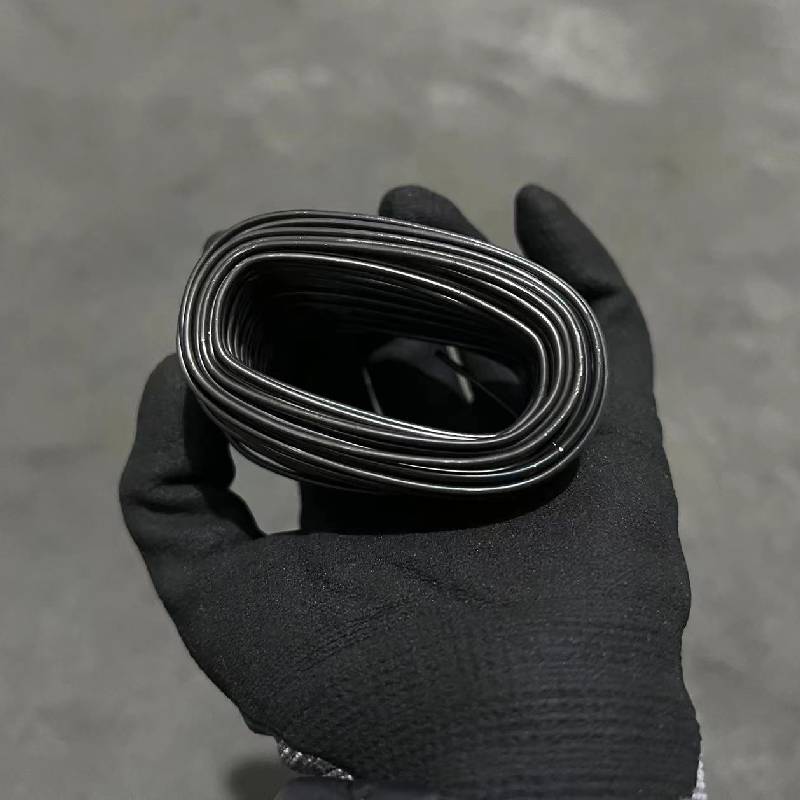
- Mobile Phone
- +8613931874955
- sales@cntcmetal.com
Exploring the Benefits and Applications of Concrete Mesh in Construction and Engineering Projects
Understanding Concrete Mesh A Crucial Component in Construction
Concrete mesh, often referred to as welded wire mesh or reinforcing mesh, is an essential material widely used in the construction industry to enhance the strength and durability of concrete structures. Its primary purpose is to distribute loads throughout the concrete, helping to mitigate issues such as cracking, shrinkage, and structural failure. In this article, we will delve into the composition, benefits, applications, and installation of concrete mesh, shedding light on why it is a crucial element in modern construction practices.
Composition and Types of Concrete Mesh
Concrete mesh is primarily made of steel wires that are welded together at regular intervals, forming a grid-like pattern. The wires can vary in thickness, gauge, and spacing, allowing for a range of meshes tailored to different construction needs. There are two main types of concrete mesh flat mesh and stirrups. Flat mesh is used in slabs, while stirrups are bent into a specific shape, used typically in columns and beams. The choice of mesh type often depends on the structural requirements of the project, as well as the load the concrete will need to bear.
Benefits of Using Concrete Mesh
One of the most significant advantages of concrete mesh is its ability to improve the tensile strength of concrete. While concrete is strong under compression, it is relatively weak in tension. By incorporating steel mesh, the tensile capacity of concrete is significantly enhanced, which is crucial for preventing cracking and ensuring longevity.
Furthermore, concrete mesh aids in evenly distributing loads, which reduces stress concentrations in the material
. This property is particularly important in applications such as flooring, pavements, and decorative concrete. Additionally, using mesh can lead to a more uniform and controlled curing process, as it mitigates the risk of uneven shrinkage in the drying concrete.Another benefit is the cost-effectiveness of concrete mesh. It is generally a more economical option than traditional reinforcing methods, as it requires less labor and materials while providing improved structural integrity.
concrete mesh

Applications in Construction
Concrete mesh is versatile and is employed in a wide range of construction applications. It is commonly used in foundation slabs, walls, pavements, and reinforced concrete structures such as bridges and tunnels. In residential construction, it can be found in driveways, patios, and flooring systems.
The construction of precast concrete elements also frequently involves concrete mesh. These elements can range from walls and sound barriers to street furniture and architectural features. By utilizing concrete mesh in precast applications, manufacturers can ensure consistent quality and reliability.
Installation of Concrete Mesh
Installing concrete mesh is a straightforward process, but it requires careful planning and execution to maximize its benefits. The mesh must be positioned correctly within the concrete, generally at the midpoint of the slab thickness. This placement ensures optimal support in both tension and compression. Mesh is typically secured with plastic or steel chairs to maintain its position during the pouring of the concrete.
Before installation, it is essential to assess the specific construction requirements, including load-bearing capacities and environmental factors. After the mesh is placed and the concrete is poured, proper curing is critical to achieving the desired strength and durability.
Conclusion
Concrete mesh plays a fundamental role in modern construction by enhancing the structural integrity and longevity of concrete constructions. Its ease of use, cost-effectiveness, and versatility make it an indispensable material in a wide array of applications. As construction technologies continue to evolve, the importance of concrete mesh in delivering safer and more durable structures will remain paramount. Whether in residential or commercial projects, understanding and utilizing concrete mesh is crucial for achieving high-quality construction outcomes.
share:
-
Your Source for Concrete Wall Ties and Masonry AccessoriesNewsJul.10,2025
-
Unlocking the Power of Iron Wire for Every ProjectNewsJul.10,2025
-
Explore Advanced Chain Wire and Stainless Steel Mesh FencingNewsJul.10,2025
-
Discover the Benefits of Annealed Wire ProductsNewsJul.10,2025
-
Discover China Stainless Steel Wire Mesh SolutionsNewsJul.10,2025
-
Build with Confidence Using High-Performance Masonry AccessoriesNewsJul.10,2025
-
Why Sacrificial Formwork Is Redefining Underground ConstructionNewsJun.06,2025



















